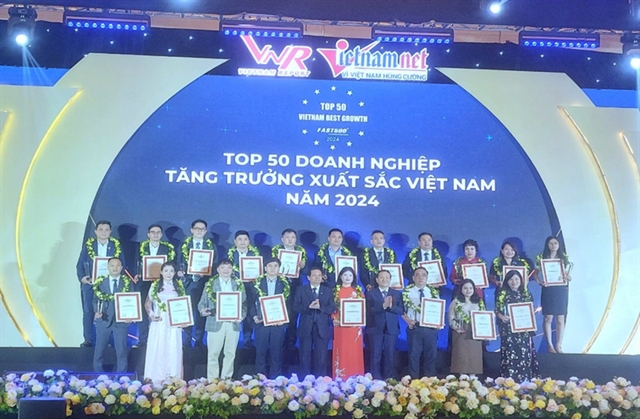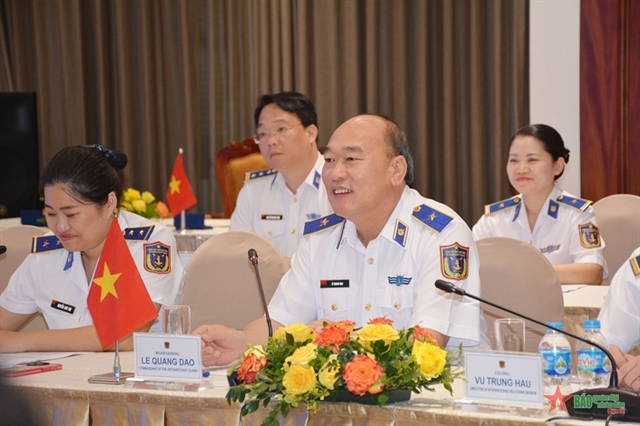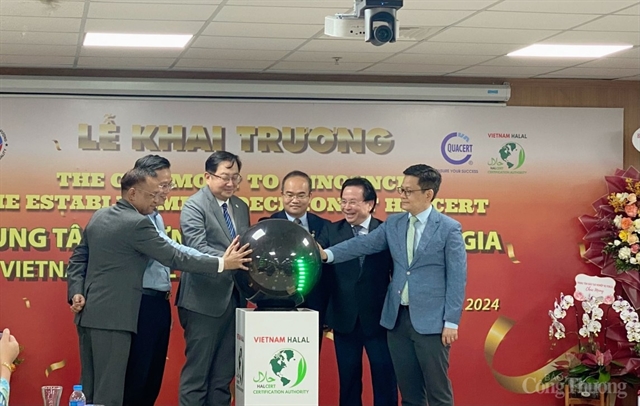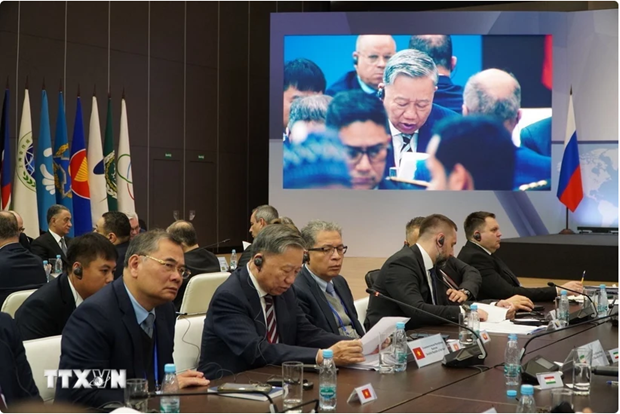 Opinion
Opinion

Chairman of HCM City People's Committee and head of the city's National Assembly Delegation Phan Văn Mãi told Vietnam News Agency about the city's Ring Road No3 project discussed at the parliament during the ongoing plenary session.

|
| No Title |
Chairman of HCM City People's Committee and head of the city's National Assembly Delegation Phan Văn Mãi told Vietnam News Agency about the city's Ring Road No.3 project discussed at the parliament during the ongoing plenary session.
How can the construction of Ring Road No.3 in HCM City benefit the city and country?
HCM City and the southern key economic regions have seen bottlenecks in transportation, particularly transport congestion. The shortage of land funds and overcrowding of urban space gradually makes the city lose development motivation.
Ring Road 3 will create a strategic traffic axis, creating a premise to remove bottlenecks and opening up new directions for urban, industrial, commercial, and service development. The exploitation of land funds along both sides of the route will create a large source of revenue for the budget, serving reinvestment and development.
In particular, the connection with five radial highways -- HCM City-Trung Lương, HCM City-Mộc Bài, HCM City-Chơn Thành, Long Thành-Dầu Giây and Bến Lức-Long Thành -- will contribute to solving inter-regional connectivity. It will create an industrial corridor connecting dry warehouses to seaport clusters, reducing travel time, increasing the number of transport cycles, reducing logistics costs, and creating competitive advantages.
In the next five to 15 years, along with the completion of Ring Road No.2, the construction of Ring Road No.4 and other major projects such as Long Thành airport and satellite towns and Ring Road No.3 will create a huge development impetus for the whole economic region.
Therefore, the investment in Ring Road No.3 is significant and needs to be implemented immediately. Reality shows that there will undoubtedly be an economic breakthrough where there is a breakthrough in traffic. On the contrary, it will be tough to make a breakthrough in the economy, society, and life without a breakthrough in transport infrastructure.
This is not only a strategic transport axis but also a belt of urban development, industrial development and regional connectivity.
The construction of the Ring Road No.3 requires a huge budget, and the compensation schedule is short. How can the city balance and allocate capital?
The Ring Road 3 project has a total investment length of about 76.34km, with 47.51 km in HCM City (passing through Thủ Đức City, districts of Củ Chi, Hóc Môn and Bình Chánh) and 11.26 km in Đồng Nai Province (passing through Nhơn Trạch District); 10.76km in Bình Dương Province (passing through the cities of Dĩ An, Thủ Dầu Một and Thuận An) and 6.81 km in Long An Province (passing through Bến Lức District).
Its total investment is estimated at VNĐ75.378 trillion (US$3.2 billion). It is expected that the entire project will be completed in 2026.
The capital source for implementing Ring Road 3 is allocated from the State budget. Accordingly, the central budget will allocate 50 per cent, and the localities of HCM City, Đồng Nai, Long An and Bình Dương are responsible for the other half.
For localities of HCM City, Bình Dương, Đồng Nai and Long An, we have submitted to the People's Council and the People's Council a plan to balance and allocate local budget capital from the mid-term 2021-25 and will arrange this in line with the project schedule, according to the annual volume to ensure the progress of the project.
These are the localities with the best collection conditions, so balancing the budget to allocate capital for the project is not a complex problem. Moreover, in this project, we also calculated the possibility of a source of income after the completion of the project.
In addition, HCM City can raise funds for the project by issuing local bonds.
The localities have calculated at least three sources of revenue to ensure the ability to balance capital and repay loans for the project. The first source is to exploit the land fund along the coastal line, which currently has over 500 hectares, which can be sold for about VNĐ26-27 trillion. The second source is the additional revenue of the localities and bond issuance.
What is the biggest difficulty in implementing this project?
Currently, the biggest difficulty in implementing the project is site clearance.
HCM City and localities worked together to plan site clearance, agreed on policies and implementation methods, and as soon as the National Assembly approves the investment policy, we will take the necessary steps.
However, it must be said that no matter how good the compensation policy is, it will more or less affect the settlements, livelihoods, work and life of people. But for the sake of the project, I hope people will agree and sacrifice to contribute to common development.
The important thing is to ensure the resettlement of people. HCM City and localities such as Đồng Nai and Bình Dương are also localities with housing funds that can be used to reside and carry out resettlement procedures temporarily. The localities have also made plans to implement job training policies and support people's livelihoods.
According to the Government's proposal to the NA, in the first quarter of 2024, the project will complete the site clearance. We will try to complete the site clearance earlier, hopefully by the end of next year. — VNS









